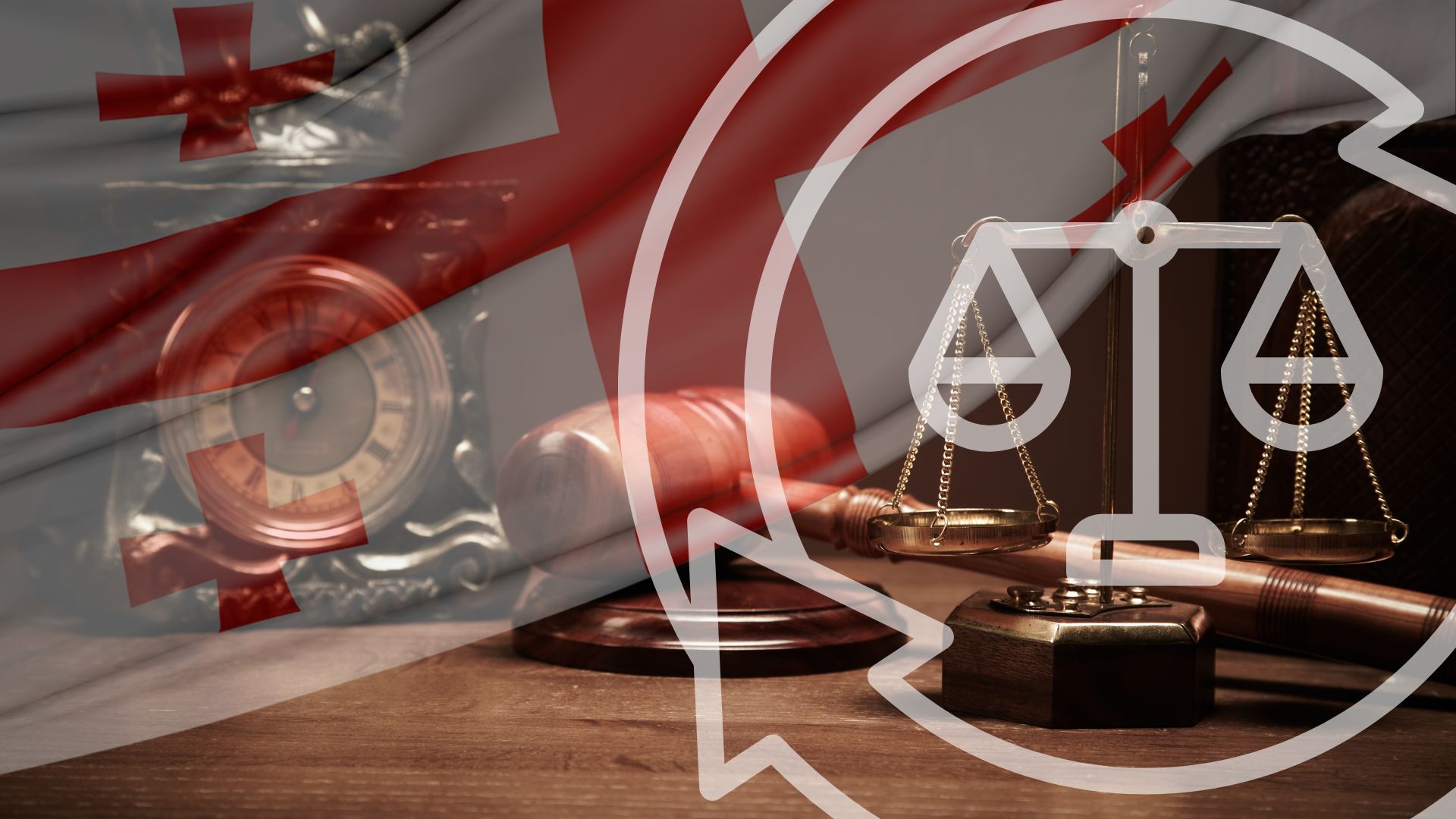A Sweeping Shift in Georgia’s Legal System
Georgia’s legal landscape just went through a seismic shift with the passage of a new tort reform package backed by Governor Brian Kemp. After intense lobbying and passionate debate, the legislation secured narrow approval in the House, marking a pivotal moment in the state’s efforts to reduce liability costs and address contentious “frivolous lawsuits.” However, it’s not without its share of controversy, as opinions remain sharply divided on its implications for businesses, insurers, and victims of wrongdoing.
The legislation, touted as a solution for skyrocketing insurance costs and unpredictable jury awards, restricts liability claims and refines how lawsuits are handled across the board. It’s part of Kemp’s long-promised reform efforts, which he first committed to back in 2023 to the Georgia Chamber of Commerce, an enthusiastic supporter. But while proponents hail it as a boon for businesses and a way to stabilize the rising cost of insurance, critics argue it creates significant barriers for victims seeking justice.
How Tort Reform Impacts Everyday Georgians
For the average Georgian, the changes in state liability laws might initially seem like a distant ripple in the legal world. But look closer, and the potential impacts start hitting closer to home. One key promise of the reform package is to curb rising car and home insurance premiums. Supporters argue that by reducing liability claims and limiting hefty lawsuit payouts, insurers can stop passing inflated costs onto policyholders. It’s a decisive pitch that could appeal to anyone looking to trim their monthly expenses.
But the reforms don’t just shift dollars; they reshape outcomes. Imagine a tenant slipping on a wet staircase in their apartment building. Under the new law, proving a case of negligence becomes significantly harder unless they can show that the landlord knew about the hazard beforehand. While supporters say this weeds out baseless suits, critics counter that it unfairly burdens those seeking restitution for valid grievances. For many, it raises the question of where to draw the line between frivolous claims and genuine justice.
Consider Susan Cobb, a nurse who settled with a major organization after her daughter faced abuse under their watch. Critics of the reforms warn that cases like hers could face new hurdles under the updated premises liability rules. Individuals like Susan are left to wonder whether future victims will still have their day in court. By connecting these legal changes to the lived experiences of everyday Georgians, the story becomes more than just numbers and policies; it’s about the tangible effects on lives and livelihoods.
Insurance Law – Breaking Down the Key Changes
The tort reform package introduces several new measures that affect how lawsuits are filed and litigated. Highlights include:
-
Premises Liability Restrictions
Plaintiffs must now prove that property owners knew of a specific safety risk before they can pursue claims for misconduct or injuries. This tightens the standards for property-related lawsuits, with exceptions made for cases involving sex trafficking survivors. -
Caps on Noneconomic Damages
There are new caps on monetary awards for pain and suffering, creating a more standardized framework for juries. -
Monetary Transparency in Court
Courts can now present jurors with details on how much of a medical bill was covered by insurance or other third parties, directly tackling the so-called “double recovery” issue. -
Changes in Trial Structure
Cases are divided into two distinct phases for damages and fault determination, aimed at creating a fairer process and reducing courtroom theatrics.
These reforms echo moves made by other states, including Florida, where similar efforts reportedly helped stabilize its property insurance market.
A Win for Business Owners or a Blow to Victims?
For supporters, the driving force behind tort reform is clear: to create a more predictable and business-friendly legal system. Republican House Speaker Jon Burns celebrated the measure as one that “protects our businesses” while still ensuring legitimate claims remain actionable. Meanwhile, property-casualty insurers argue the reforms will alleviate the financial strain of excessive litigation, which they estimate adds $1,415 annually to the average Georgian household’s expenses.
“Family businesses, farms, and medical practices have been overwhelmed by lawsuits that don’t always have merit,” said James Burchett, Republican House Majority Whip. “This legislation is about keeping them alive and ensuring fairness.”
However, the opposition sees matters differently. Critics, including trail lawyers and victims’ advocates, view the reforms as a giveaway to insurance companies and big businesses, achieved at the expense of vulnerable communities. Democratic Rep. Stacey Evans called the bill “one of the most poorly drafted” she has seen, asserting that it prioritizes addressing a “manufactured crisis” over protecting real people. Advocacy groups have also warned that the new hurdles could discourage victims of abuse, negligence, or violence from pursuing legal action.
Indeed, many have pointed out that there’s no hard proof these reforms will reduce insurance premiums, a key promise touted by supporters. Without guarantees on cost savings, critics worry the package simply shifts risks from insurers to the public.
Lobbying Dollars and the Power Play
The high-stakes nature of these changes was underscored by the eye-watering sums poured into lobbying efforts from both sides. Kemp’s political maneuvering earned praise and criticism alike, particularly after he threatened to fund primary challengers against Republicans who didn’t support the bill. His use of progressive campaign finance tools also drew scrutiny, though it proved effective in overcoming initial resistance from skeptical lawmakers.
Meanwhile, opponents made their voices heard with numerous protests at the Capitol. Personal stories of abuse survivors and wronged individuals provided wrenching counterpoints to the governor’s economic arguments. Yet, in the end, the lobbying clout from pro-business groups helped secure the reform’s passage.
Practical Implications for Stakeholders
Georgia’s businesses may find relief from liability suits cropping up less frequently, particularly smaller establishments that struggle to absorb the costs of lengthy legal battles. If the reforms work as intended, they could create more stability in liability insurance rates, potentially saving costs in the long run.
For the legal community, these changes mean substantial adjustments in how lawsuits are structured and litigated. Lawyers will need to pivot to meet new evidentiary burdens, which could deter some cases from even making it to court.
On the consumer side, however, it’s a mixed bag. While reduced insurance costs could materialize eventually, victims of wrongdoing may find it harder to seek justice, particularly in cases involving complex negligence claims.
Looking Ahead
The reforms’ success ultimately hinges on whether they deliver on the promise of lowering insurance costs without unfairly disadvantaging plaintiffs. Lawmakers have already committed to monitoring insurance companies’ rate-setting practices, signaling that state officials are aware the burden is now on insurers to justify their long-term pricing strategies.
For stakeholders across the board, the path forward demands vigilance. Businesses will need to assess their risk management strategies, lawyers must adapt to the new legal environment, and victims’ advocates will likely continue to push for adjustments to safeguard vulnerable populations. Whether these sweeping changes signal the dawn of a fairer or more restrictive era for Georgia’s legal system remains to be seen.


